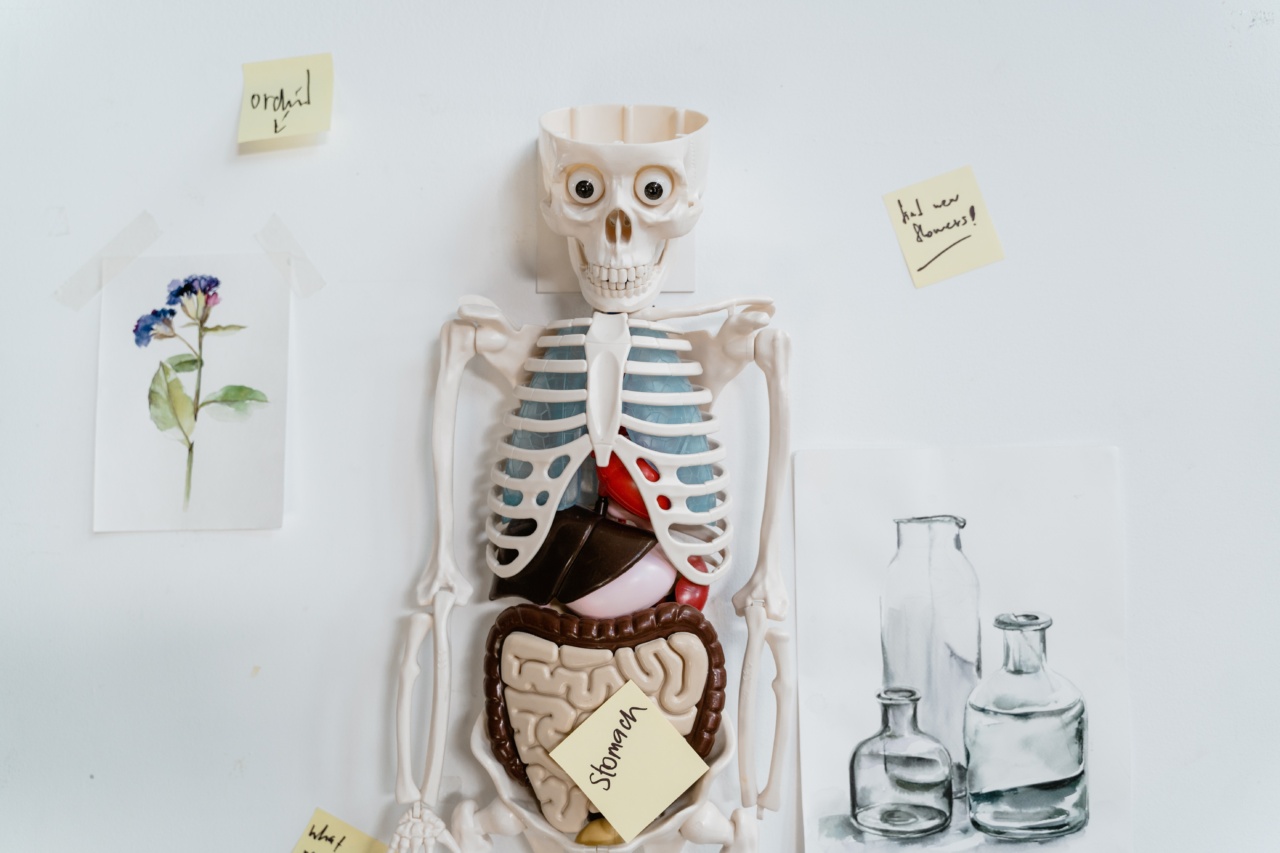The field of organ transplantation has made significant advancements in the past few decades, saving countless lives. However, the demand for organs far outweighs the supply, leading to long waiting lists and a high mortality rate for patients in need.
To address this issue, scientists and researchers have been exploring the possibility of generating body parts and organs for transplantation through various techniques such as tissue engineering and regenerative medicine.
Tissue Engineering
Tissue engineering involves creating functional tissues or organs in the laboratory that can be implanted into a patient. This process typically starts with a scaffold, which serves as the structural support for the cells to grow upon.
Cells taken from the patient or a donor are then seeded onto the scaffold and encouraged to differentiate and proliferate, eventually forming a functional tissue or organ.
Regenerative Medicine
Regenerative medicine is a multidisciplinary field that combines biology, chemistry, and engineering principles to restore, regenerate, or replace diseased or damaged tissues and organs.
Scientists are exploring various approaches to stimulate the body’s natural healing processes and promote tissue regeneration. These approaches include the use of stem cells, growth factors, and biomaterials.
Current Advances
Significant progress has been made in generating certain types of body parts and organs for transplantation. Here are some notable advancements:.
1. Skin
Skin is the largest organ of the human body and can be damaged due to burns, wounds, or diseases. Researchers have successfully developed skin substitutes using tissue engineering techniques.
These substitutes can promote wound healing and reduce scarring, providing a viable option for patients with extensive skin injuries.
2. Bladders
The bladder is responsible for storing and releasing urine. Scientists have been successful in creating bladders using patients’ own cells grown on biodegradable scaffolds.
These lab-grown bladders have shown promising results in clinical trials, offering hope for patients with bladder-related conditions or injuries.
3. Trachea
The trachea, or windpipe, can become damaged or restricted due to various reasons such as trauma, tumors, or congenital abnormalities.
Researchers have successfully transplanted bioengineered trachea in patients by using their own cells grown on synthetic scaffolds. This breakthrough technique eliminates the need for organ donors and the risk of rejection.
4. Cartilage
Cartilage is a flexible connective tissue that cushions joints and prevents bone-on-bone contact. It is prone to degeneration and damage, leading to conditions like osteoarthritis.
Scientists have made significant progress in generating cartilage using various approaches, including 3D bioprinting. This opens up possibilities for personalized and regenerative treatments for joint-related conditions.
5. Liver
The liver is a vital organ responsible for numerous metabolic functions. Although liver transplantation is a common procedure, the shortage of donor organs remains a challenge.
Researchers are exploring techniques to generate functional liver tissue using stem cells and biomaterials. While this is still in the early stages of development, it holds the potential to revolutionize the field of liver transplantation in the future.
Challenges and Future Directions
While there have been remarkable advancements in generating body parts and organs for transplantation, several challenges and limitations need to be overcome before widespread clinical use becomes a reality.
1. Complex Structures
Many organs, such as the heart and kidneys, have complex structures with multiple cell types arranged in intricate patterns. Replicating these structures in the laboratory is a significant technical challenge that researchers are actively tackling.
The development of advanced 3D bioprinting techniques and biomaterials is crucial in overcoming this hurdle.
2. Vascularization
For an organ or tissue to survive and function properly, it requires a network of blood vessels to deliver nutrients and oxygen. Currently, generating functional blood vessels within lab-grown organs remains a major challenge.
Researchers are exploring strategies to promote vascularization, such as bioengineering blood vessel networks or incorporating growth factors that stimulate blood vessel formation.
3. Immunological Rejection
The immune system plays a crucial role in recognizing and attacking foreign substances in the body.
When receiving an organ or tissue from a donor, the recipient’s immune system may detect it as foreign and mount an immune response, leading to rejection. Overcoming immunological rejection is a complex task that requires developing novel immunosuppressive strategies or utilizing the patient’s own cells to reduce the risk of rejection.
4. Regulatory and Ethical Considerations
The development and implementation of lab-grown body parts and organs for transplantation bring along regulatory and ethical considerations.
Establishing safety and efficacy profiles, ethical use of stem cells, and addressing potential commercialization challenges are critical aspects that need careful evaluation and regulation.
Conclusion
The possibilities of generating body parts and organs for transplantation through tissue engineering and regenerative medicine are highly promising.
Although challenges remain, the field has made significant strides in developing functional replacements for damaged or diseased tissues. Continued research and collaboration are vital to overcome the existing limitations and bring lab-grown organs closer to clinical reality, ultimately transforming the landscape of organ transplantation and saving countless lives.





























